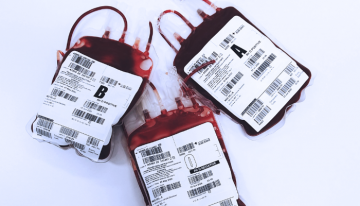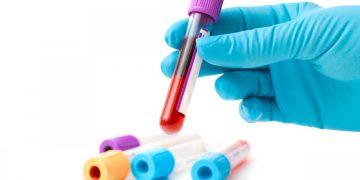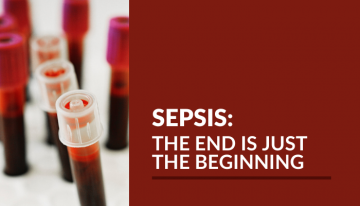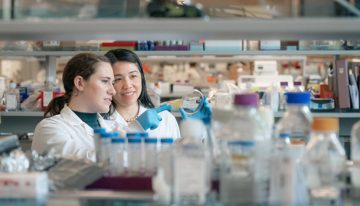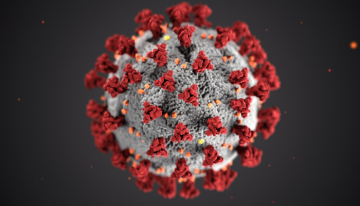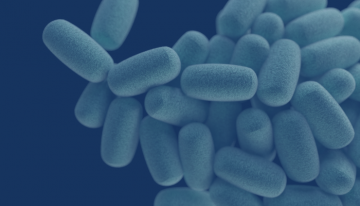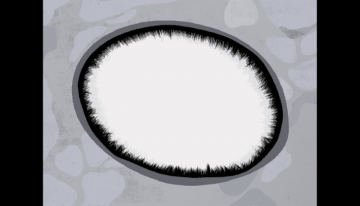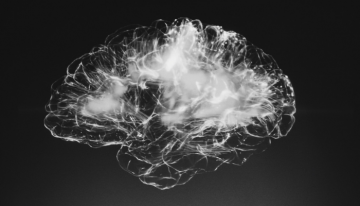Research
Revisiting cold-stored platelets: An effort to improve patient care and storage feasibility
March 24, 2022
Wayne Zhao of the Devine Lab shares his work on platelet storage conditions, and whether we should consider revisiting cold-stored platelets.
Creating universal blood-type organs for transplant
February 16, 2022
Dr. Jayachandran Kizhakkedathu’s team and collaborators are creating universal blood-type organs for transplant.
Sepsis: The end is just the beginning
February 3, 2022
Andy An explains the critical need to study sepsis and post-sepsis syndrome, and how COVID-19 has brought new attention to both.
UBC researchers lead $24 million project to treat spinal cord injury
January 12, 2022
Dr. Karen Cheung is part of the Mend the Gap project, which will develop soft gels to help regrow nerve fibres in an injured spinal cord.
Machine learning and AI used to rapidly detect sepsis, cutting risk of death dramatically
January 10, 2022
A groundbreaking advance in quickly detecting sepsis using machine learning has been pioneered by researchers in the Hancock Lab.
UBC researchers train computers to predict the next designer drugs
November 15, 2021
Research from Dr. Michael Skinnider and Dr. Leonard Foster have trained computers to predict the next designer drugs before they are even on the market, technology that could save lives.
UBC-led researchers uncover how the novel coronavirus escapes a cell’s antiviral defenses
October 26, 2021
A UBC-led research team has uncovered how the virus responsible for causing COVID-19 escapes destruction in infected cells, allowing SARS-CoV-2 to persist and continue spreading in the human body.
Warding Off the Post-Antibiotic Era: Stimulating the Pursuit to Visualize a Common Antibiotic Target
October 21, 2021
In a paper by Caveney et al., the antibiotic-free structure of a penicillin-binding protein from the human pathogen Escherichia coli was determined using single-particle cryo-EM.
Developing microchip technology to better answer questions about the endothelial glycocalyx
October 14, 2021
The Kizhakkedathu Lab and their collaborators developed an improved method for studying glycocalyces by using microfluidic chip technology.
Cancer chemotherapy drug reverses Alzheimer’s symptoms in mice
October 5, 2021
A drug commonly used to treat cancer can restore memory and cognitive function in mice with Alzheimer’s disease symptoms, Jefferies Lab researchers have found.



